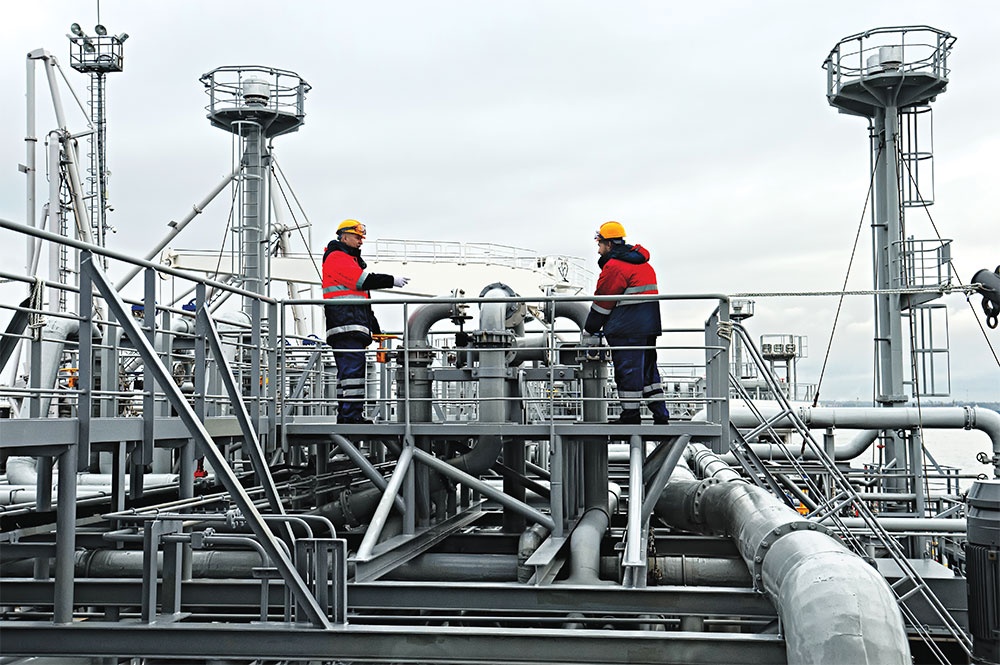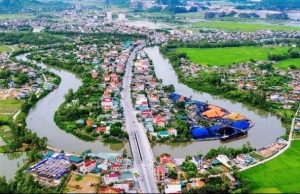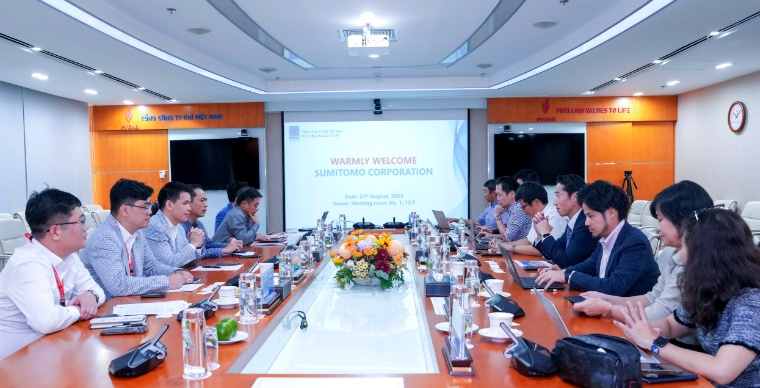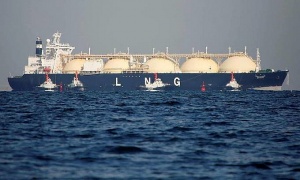Hopes rise for further LNG conversion
 |
| The race is on for stalled power projects to switch to a greener model, Photo: Shutterstock |
A series of coal-fired power plants are awaiting the government’s green light to be converted into liquefied natural gas (LNG)-to-power utilities, as coal gets phased out.
The waiting list includes projects from Cong Thanh Thermal Power and others at Quang Tri, Nam Dinh I, Vinh Tan III, and Song Hau II, according to the latest report of the Ministry of Industry and Trade (MoIT) submitted to the government. In addition, Thailand-based EGAT, the investor of the long-stalled Quang Tri plant, has agreed to halt its coal project, but there is no confirmation if it will decide to switch it to LNG.
Vietnam’s Power Development Plan VIII (PDP8) opens the way to convert from coal power to LNG for projects that are behind schedule.
However, a source from the MoIT said, “Whether such conversion is allowed or not will depend on whether the structure of the power source is still appropriate, the financial capacity of the investors and their associated contractors, the power tariffs negotiated, among other aspects.”
Under the PDP8, no new coal-fired plants will be developed after 2030. The plan also imposes a deadline of June 2024 for the aforementioned coal plants to proceed with their projects; otherwise, delayed or abandoned coal-fired ventures will be terminated and replaced by renewable or LNG-based power plants.
The north-central province of Thanh Hoa, where the Cong Thanh project is located, explained to the MoIT in its dispatch last month that its conversion will benefit from the synchronous infrastructure of Nghi Son Economic Zone as well as its deepwater seaport complex.
The developer plans to fully convert to LNG by 2028. After conversion, the plant’s capacity would increase from 600MW to 1,500MW and it will consume 1.2-1.5 million tonnes of imported LNG annually.
Cong Thanh Thermal Power has been able to alleviate concerns related to capital arrangements with GE, BP, and Actis Investment Fund all reported to be involved in arranging funding and providing equipment and LNG supply.
“If the Cong Thanh project is approved by the government, it can be used as a model for the remaining projects that are currently behind in their path to conversion,” said Lam Nguyen Hoang Thao, a senior associate at Russin & Vecchi Vietnam.
Nghe An People’s Committee has requested relevant authorities to help ensure development progress of the Quynh Lap LNG power project in the central province.
The Quynh Lap project was initially planned as a coal-fired thermal plant. In the previous PDP7, the venture was split into two facilities with a total capacity of 2,400MW. Construction of the $2.2 billion project kicked off in 2015 but further development of the project was later shelved.
Standing Vice Chairman of Nghe An People’s Committee Le Hong Vinh said that any more delay will cause serious consequences not only for the security of national electricity supply, but also for political security, social order, and safety.
Ngo Duc Lam, former deputy director of the Institute of Energy under the MoIT, expressed optimism that many of such delayed coal-fired ventures can be encouraged to switch to greener energy, as it will be easier to fund than traditional coal-fired models.
“When the investors have capital and premises, they have relatively complete conditions that can be tough to solve in the implementation stage,” Lam added.
Other nations have been working on the same process for several years. According to the US Energy Information Administration, between 2011 and 2019, the US switched 103 of its coal-fired power plants to natural gas-fired plants.
The two different methods used were either retiring existing coal-fired power plants and replacing them with new natural gas combined cycle plants, or converting the boiler of coal-fired steam plants to burn other types of fuel, such as natural gas.
The vast majority went for the latter option and, in some of the later transitions, coal-burning capacity was maintained to allow the plants to burn whatever fuel was deemed most efficient.
As of last year, Vietnam boasted nearly 20 LNG-fired power plants that were in the pipeline nationwide, including Delta Offshore Energy’s Bac Lieu LNG-to-power project and LNG Quang Ninh, which is being developed by PV Power, Colavi, Tokyo Gas, ExxonMobil, and other groups.
According to LNG Industry magazine, three countries – Germany, the Philippines, and Vietnam – began importing LNG for the first time this year. By the end of 2024, it is expected that Antigua, Australia, Cyprus, and Nicaragua will also start importing LNG, while several more countries are in advanced stages of developing import capacity.
 | Nghe An promotes development of Quynh Lap LNG-fueled power project The People's Committee of central Nghe An province has requested relevant departments, branches, localities and agencies to strictly implement assigned tasks to ensure quality and development progress of Quynh Lap liquefied-natural-gas (LNG)-fueled power project. |
 | Sumitomo to cooperate with PV Gas in LNG Sumitomo Corporation expects to collaborate with PV Gas in developing liquefied natural gas projects chain in Van Phong Economic Zone of the central coastal province of Khanh Hoa. |
 | Phu My 3 to rely on costlier LNG The Phu My 3 power plant faces challenges as it transitions from BOT (build-operate-transfer) to Vietnamese control in March next year, marking the culmination of a 20-year contract, according to a recent announcement from the Ministry of Industry and Trade (MoIT) |
 | Liquefied natural gas among strongest solutions in transitioning from coal With up to a 50 per cent lower carbon footprint than coal, liquefied natural gas (LNG) can be adjusted to increase greener electricity when available. |
What the stars mean:
★ Poor ★ ★ Promising ★★★ Good ★★★★ Very good ★★★★★ Exceptional
Related Contents
Latest News
More News
- Heavy industries set for pilot greenhouse gas quotas (December 25, 2025 | 10:00)
- Swedfund invests in MSME growth and climate action in Vietnam (December 19, 2025 | 11:42)
- GreenYellow brings solar energy to light up remote schools in Tuyen Quang province (December 19, 2025 | 08:00)
- Charge+, Grab partner to develop EV charging network in Vietnam (December 18, 2025 | 17:11)
- Linking sci-tech and innovation to Vietnam’s net-zero future (December 18, 2025 | 14:31)
- Driving double-digit growth through green and circular transformation in Vietnam (December 17, 2025 | 09:00)
- Standard Chartered and ACCA deepen collaboration to develop Vietnam’s talent for a sustainable future (December 15, 2025 | 18:18)
- Schaeffler reports strong early output from Dong Nai solar project (December 12, 2025 | 15:16)
- Forestry conference highlights biodiversity and sustainability goals (December 09, 2025 | 13:35)
- Home Credit honoured among top 10 sustainable companies in trade and services (December 09, 2025 | 12:18)

 Tag:
Tag:




















 Mobile Version
Mobile Version